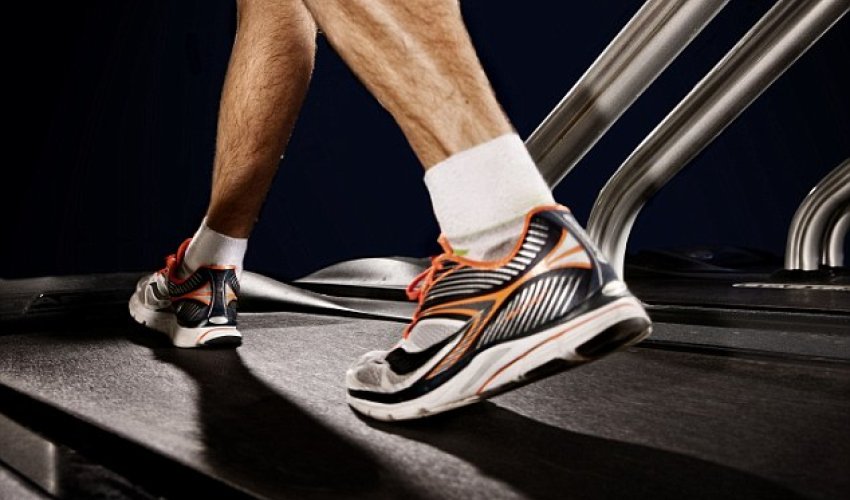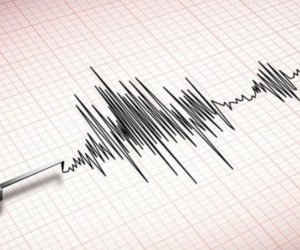How long do YOU have left to live?

What are the chances you will live for another ten years?
While your GP might give you some idea, scientists now say you can accurately predict your likelihood of death using a calculator and a treadmill.
The process involves running in three-minute segments on a treadmill with an increasing speed and at a growing incline.
Runners then plug in their vital statistics into a basic formula to find out how likely they are to die over the next decade.
Dubbed the FIT Treadmill Score, the test was created by cardiologists at Johns Hopkins University in Maryland after studying 58,000 stress exams.
As well as age and gender, the formula factors in peak heart rate reached during intense exercise and the ability to tolerate physical exertion as measured by so-called metabolic equivalents, or METs.
This is a gauge of how much energy the body expends during exercise. More vigorous activities require higher energy output – or higher METs.
An activity such as slow walking equals two METs, compared with eight for running.
For the study, the team analysed information on 58,020 people, ages 18 to 96, from Detroit, Michigan, who underwent standard exercise stress tests between 1991 and 2009 for evaluation of chest pain, shortness of breath, fainting or dizziness.
The researchers then tracked how many of the participants within each fitness level died from any cause over the next decade.
The results reveal that among people of the same age and gender, fitness level as measured by METs, and peak heart rate reached during exercise were the greatest indicators of death risk.
Fitness level was the single most powerful predictor of death and survival, even after researchers accounted for other important variables such as diabetes and family history of premature death.
Scores ranged from negative 200 to positive 200, with those above 0 having lower mortality risk and those in the negative range facing highest risk of dying.
Patients who scored 100 or higher had a 2 per cent risk of dying over the next 10 years, while those with scores between 0 and 100 faced a 3 per cent death risk over the next decade.
People with scores between negative 100 and 0 had an 11 percent risk of dying in the next 10 years, while those with scores lower than negative 100 had a 38 per cent risk of dying.
'The FIT Treadmill Score is easy to calculate and costs nothing beyond the cost of the treadmill test itself,' says senior study author Michael Blaha.
(dailymail.co.uk)
ANN.Az
Similar news
Similar news




































 Photo
Photo 



 Video
Video 

